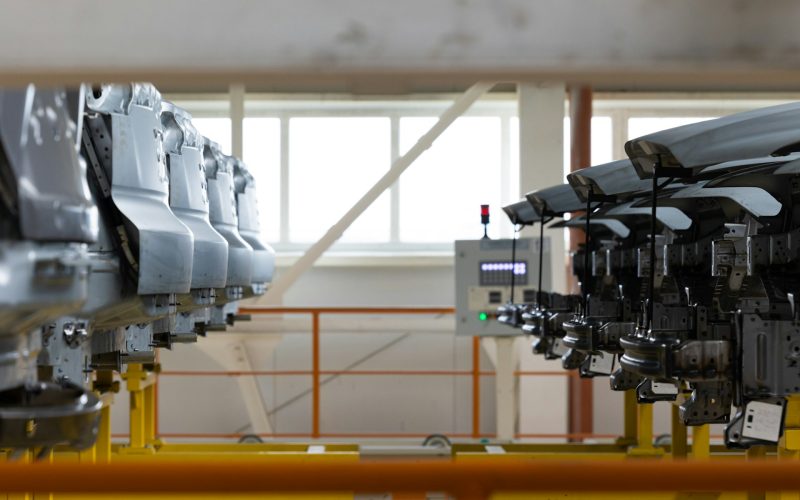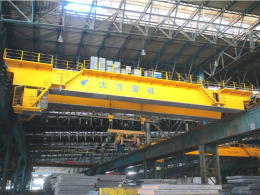Many businesses consider relocating machinery across borders as a strategic decision to enhance operational efficiency, reduce costs, and tap into new markets. However, this decision involves a complex interplay of financial implications, potential savings, and hidden costs. A thorough cost-benefit analysis (CBA) ensures that the benefits outweigh the costs, ultimately guiding organisations toward informed and strategic decision-making.
Understanding the Financial Implications
Direct Costs
The direct costs associated with cross-border machinery relocation typically include:
- Transportation Costs: This encompasses shipping, insurance, and logistics. These costs can be substantial depending on the machinery’s size and weight. It’s essential to obtain multiple quotes from shipping companies and consider factors such as shipping duration and service reliability.
- Customs and Duties: Import/export tariffs can significantly affect the total cost. Different countries have varying regulations and duties on machinery, which can add unexpected expenses to the relocation budget.
- Installation and Setup Costs: Once machinery arrives at its new location, costs related to installation, calibration, and setup must be accounted for. This might include hiring specialised technicians and purchasing additional materials or components.
Indirect Costs
Indirect costs, often less visible but equally important, include:
- Downtime: Machinery relocation can lead to operational interruptions. The time taken for disassembly, transportation, and reassembly can result in lost production capacity, impacting revenue. Businesses must carefully estimate potential downtime and factor it into the CBA.
- Training Costs: Employees may require training on the relocated machinery, especially if the new equipment is technologically advanced or different from what they are accustomed to. Training programs lose productivity during training, and the potential hiring of external trainers can add to the relocation costs.
- Maintenance and Repair: If the machinery is moved to a location with a less reliable supply chain or fewer skilled technicians, ongoing maintenance costs may increase. This can include longer wait times for parts or increased labour costs.
Potential Savings
While the costs can be significant, there are potential savings that can arise from cross-border machinery relocation:
- Labour Cost Savings: Relocating machinery to regions with lower labour costs can result in substantial savings over time. This is particularly relevant for industries where labour represents a significant portion of overall operational costs.
- Tax Incentives: Some countries offer tax breaks or incentives for businesses that relocate operations. These can include reduced corporate tax rates, grants for infrastructure improvements, or investment credits.
- Access to New Markets: Relocating machinery closer to emerging markets can open new revenue streams. This proximity can also enhance responsiveness to customer demands and reduce shipping times for finished products.
- Energy Costs: Energy costs can vary dramatically depending on the region. Relocating machinery to an area with more affordable energy resources can lead to significant long-term savings.
Hidden Costs
In addition to direct and indirect costs, several hidden costs can arise during machinery relocation:
- Regulatory Compliance: Navigating a new country’s legal and regulatory landscape can incur unexpected expenses. Businesses may need to invest in compliance consulting or legal services to ensure they meet all local regulations.
- Cultural and Operational Adjustments: Differences in business culture can affect productivity and employee morale. This might require additional resources for change management or adjustments to operational strategies.
- Environmental Costs: Businesses must consider the environmental impact of relocating machinery, including compliance with local environmental regulations. If companies fail to adhere to these regulations, fines or remediation costs can arise.
Conducting a cost-benefit analysis of cross-border machinery relocation involves comprehensively evaluating direct and indirect costs, potential savings, and hidden expenses. While the prospect of reduced labour costs, tax incentives, and access to new markets can make relocation appealing, the complexities of transportation, regulatory compliance, and potential downtime cannot be overlooked.
Businesses should adopt a systematic approach to their CBA, utilising financial modelling to project long-term implications. Engaging stakeholders across departments—finance, operations, and HR—will ensure a well-rounded perspective on the implications of relocation. A thorough and thoughtful analysis will ultimately help organisations make informed decisions that align with their strategic objectives and maximise their investment in machinery relocation.









